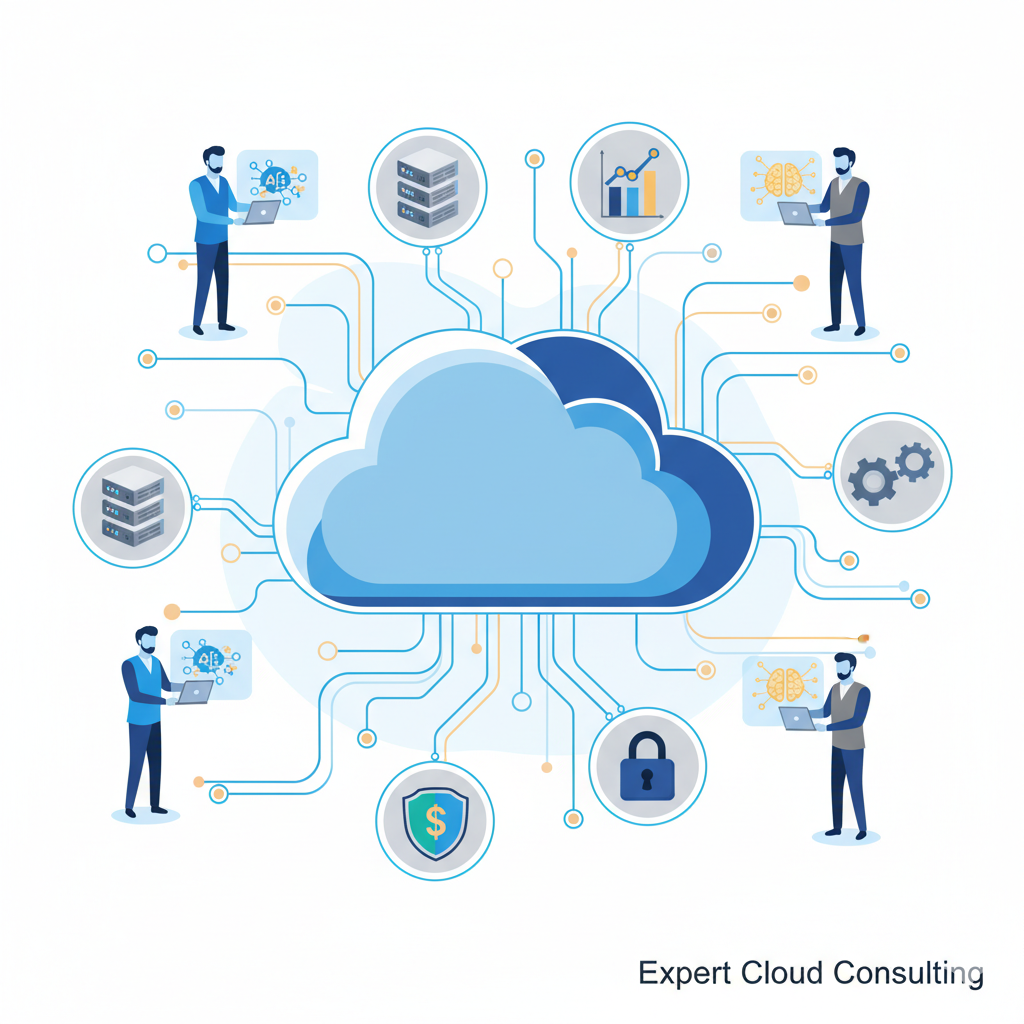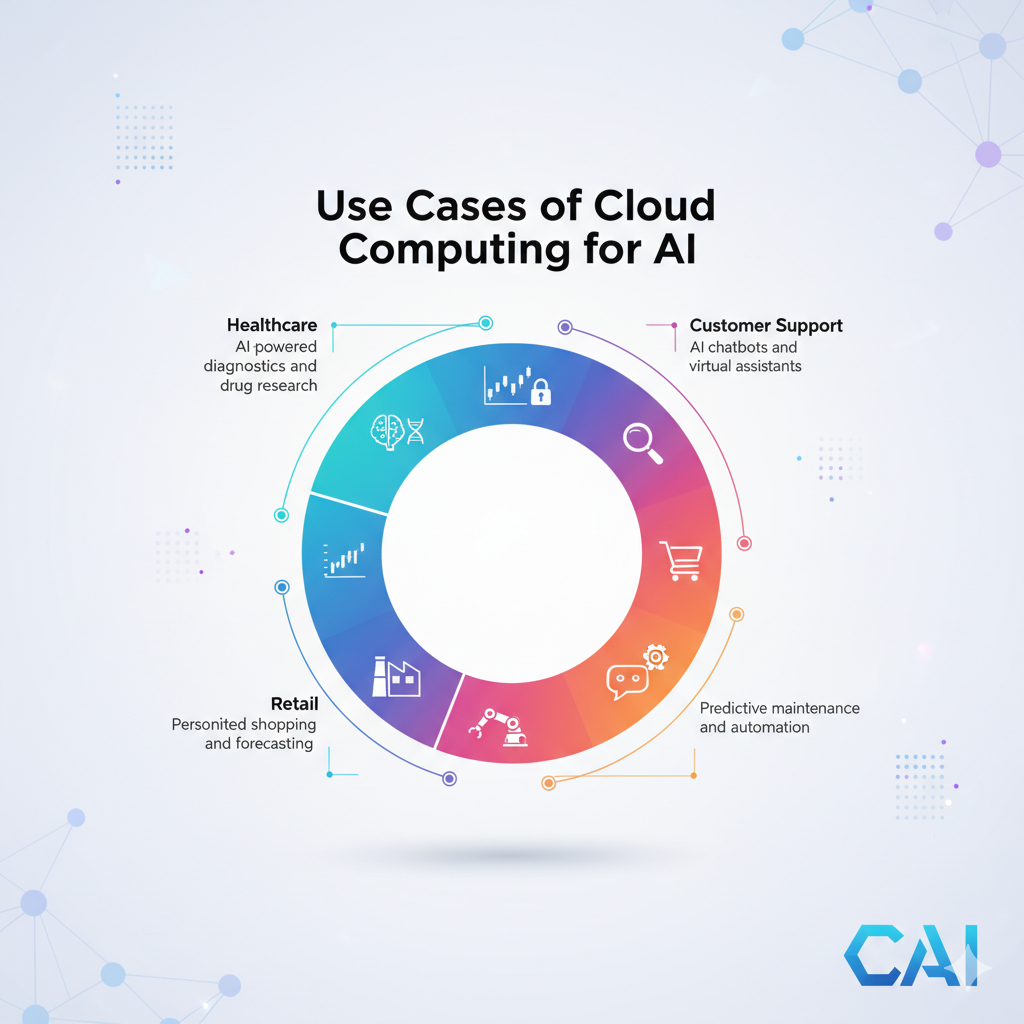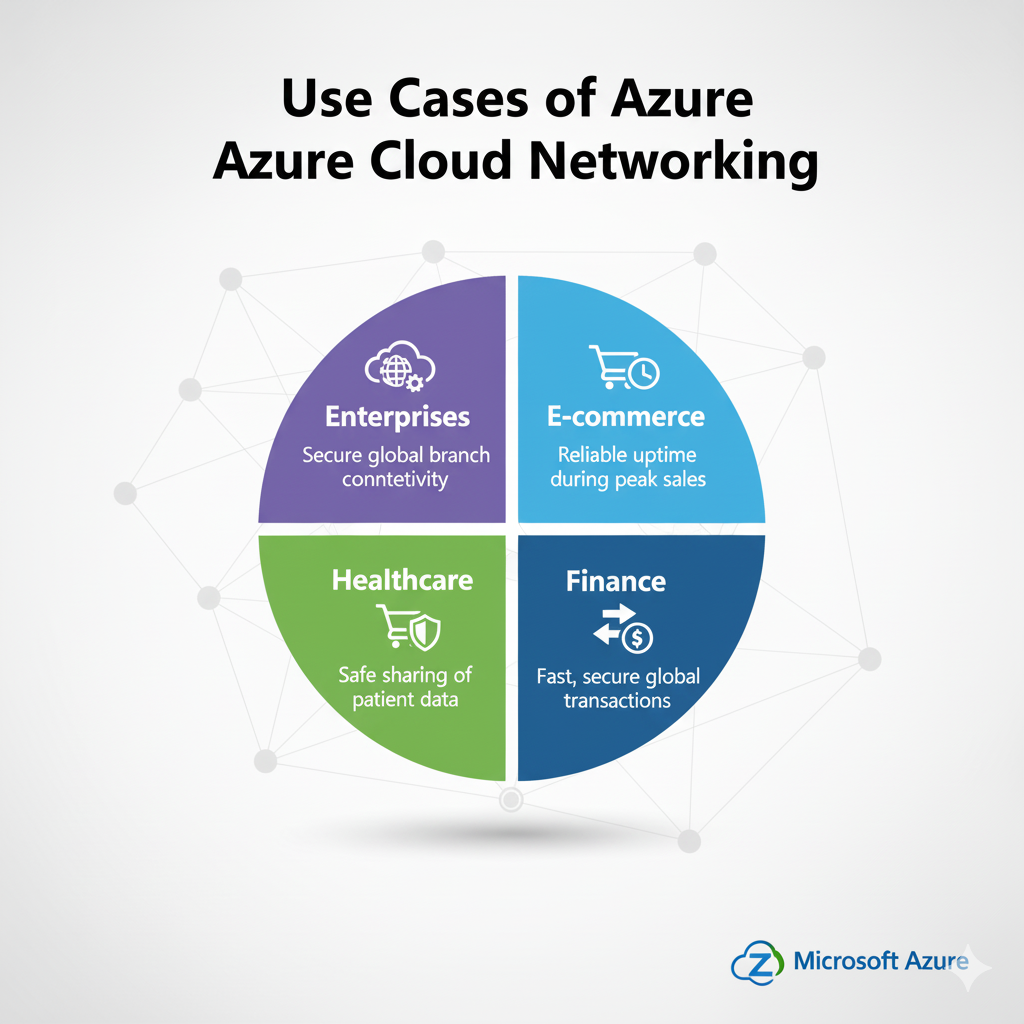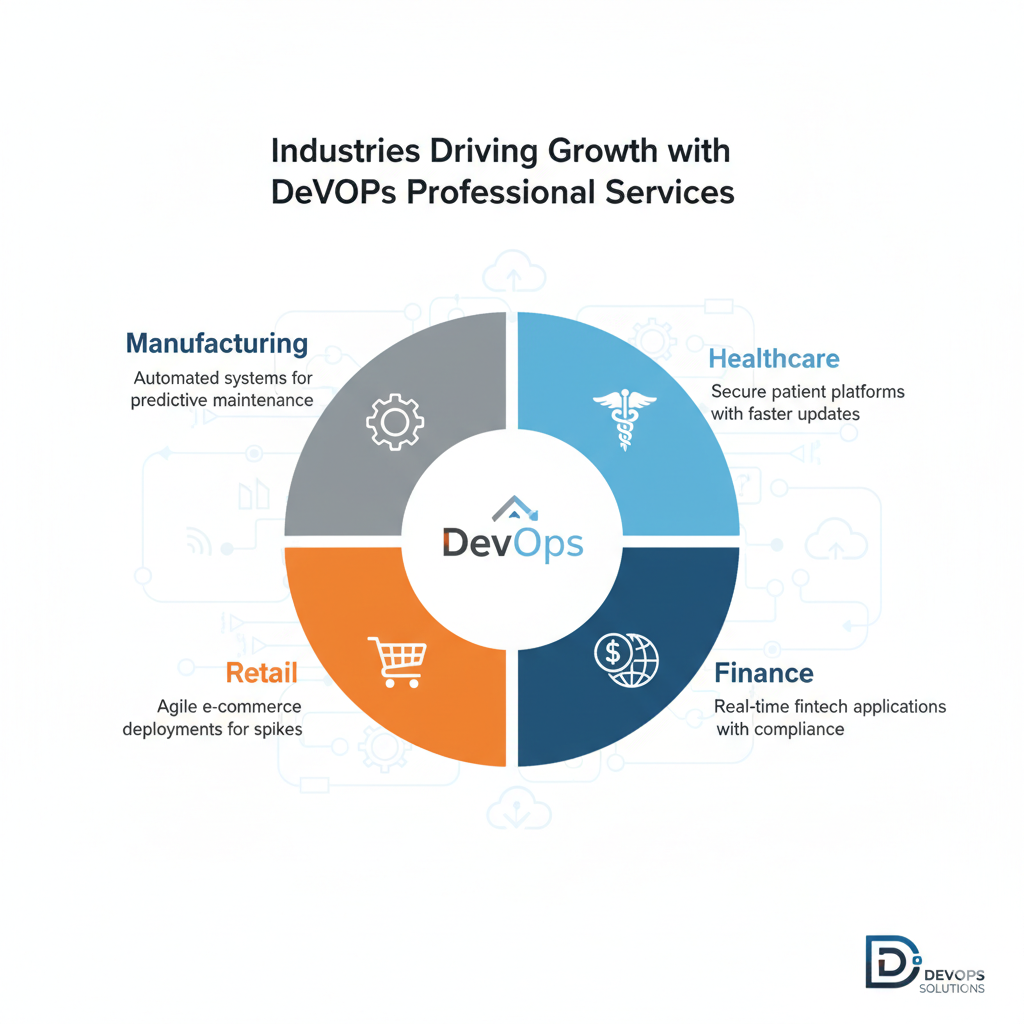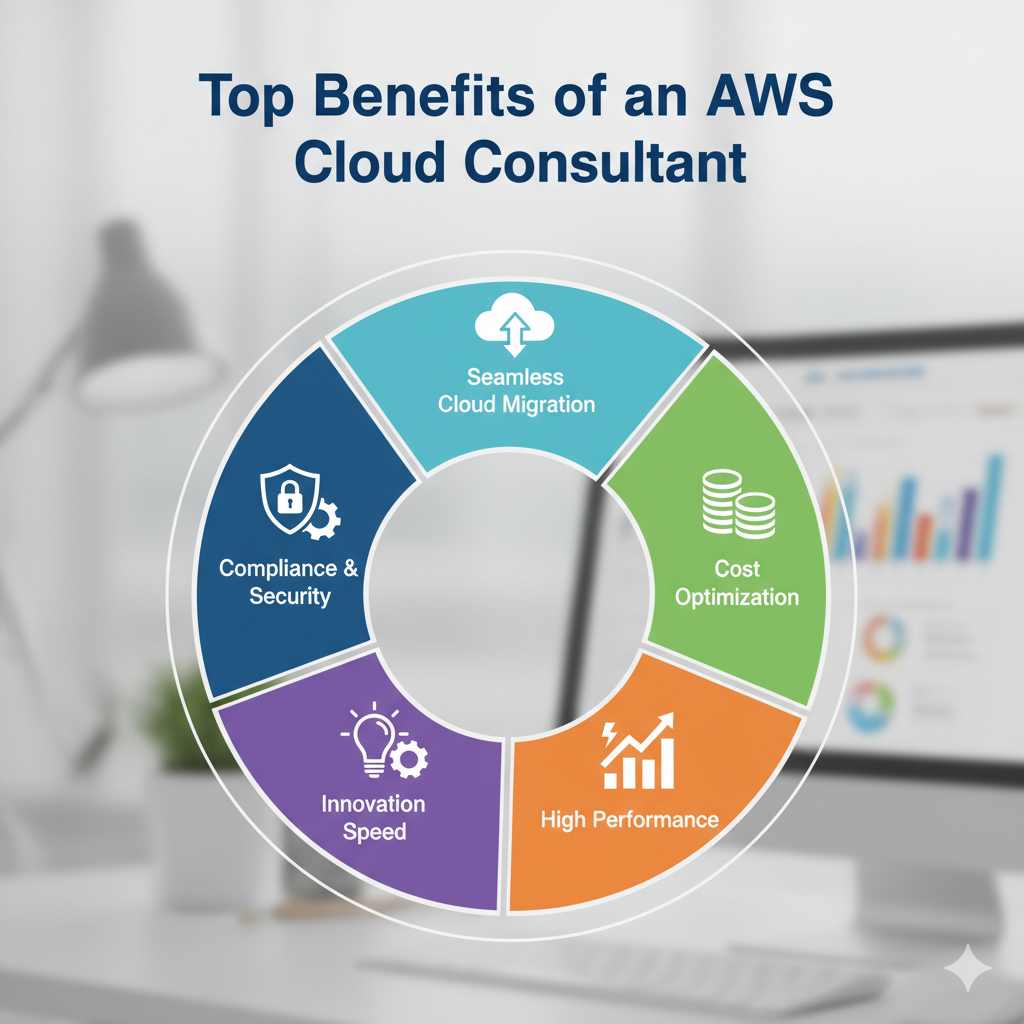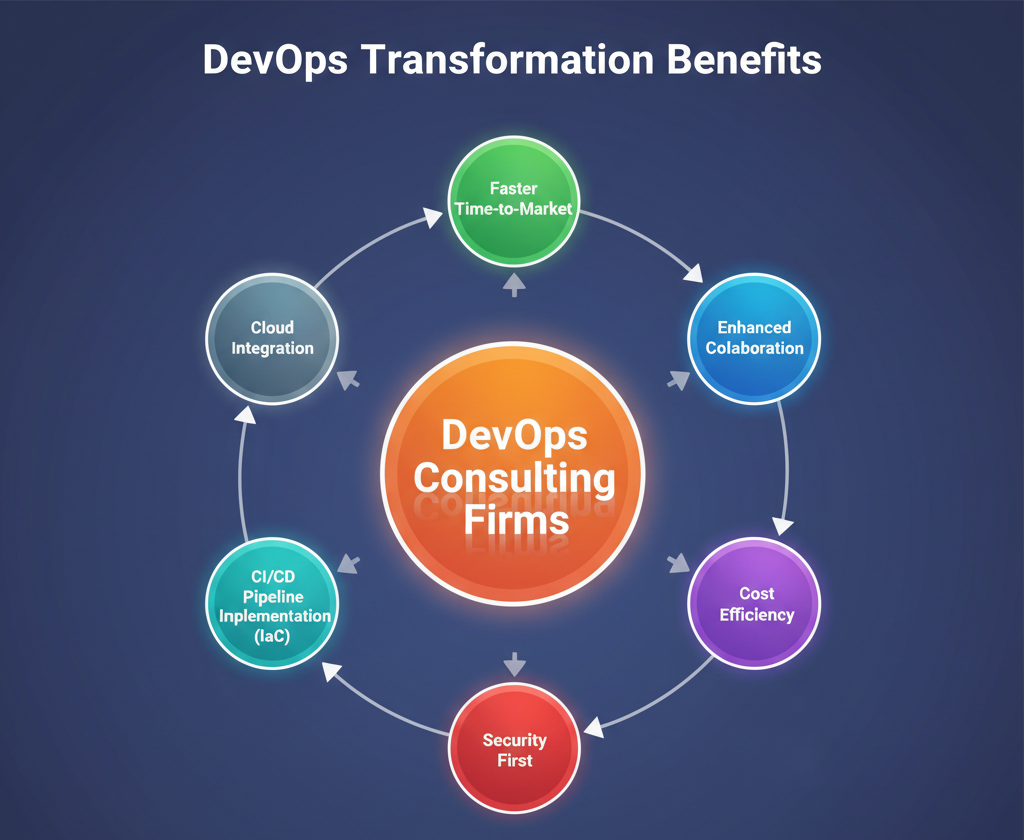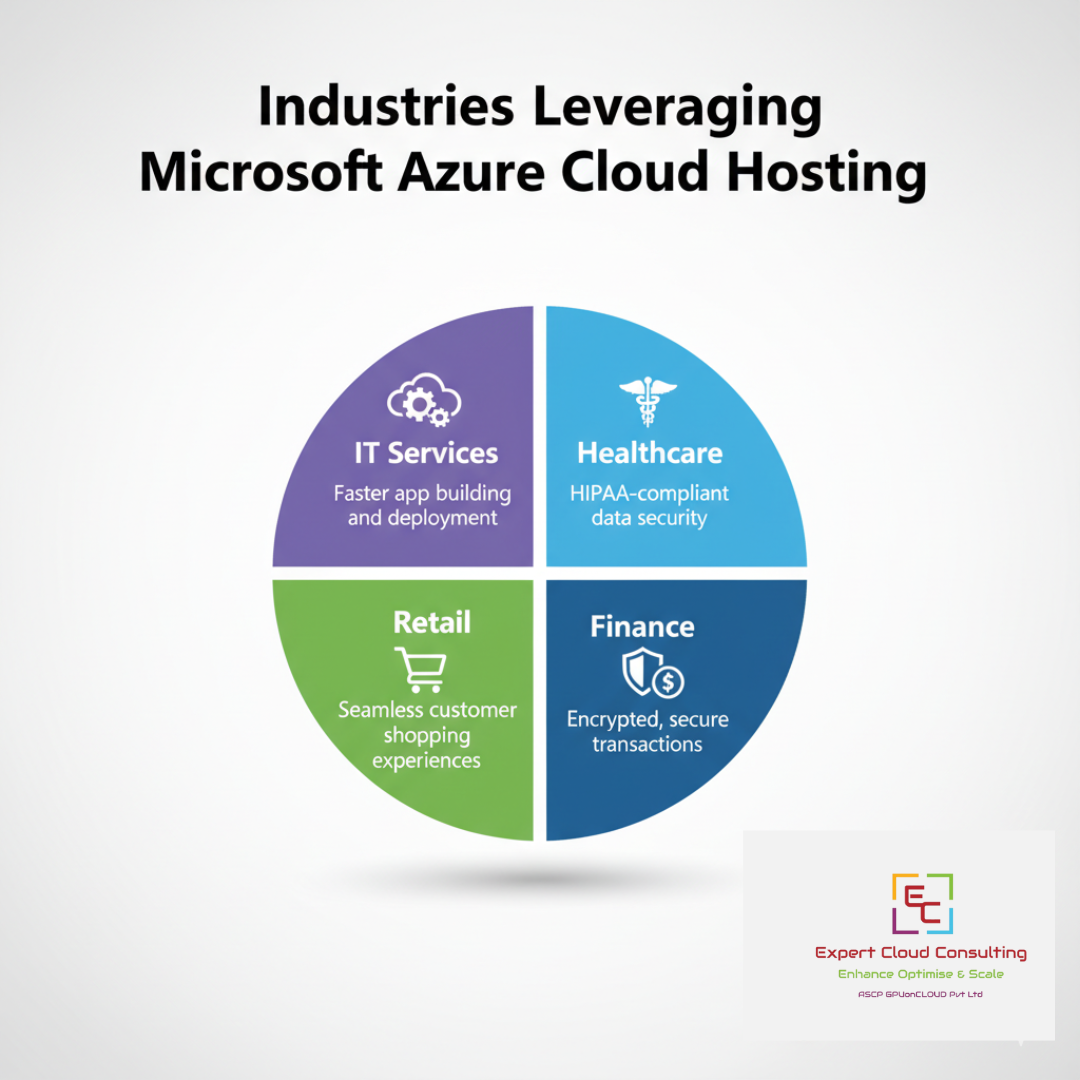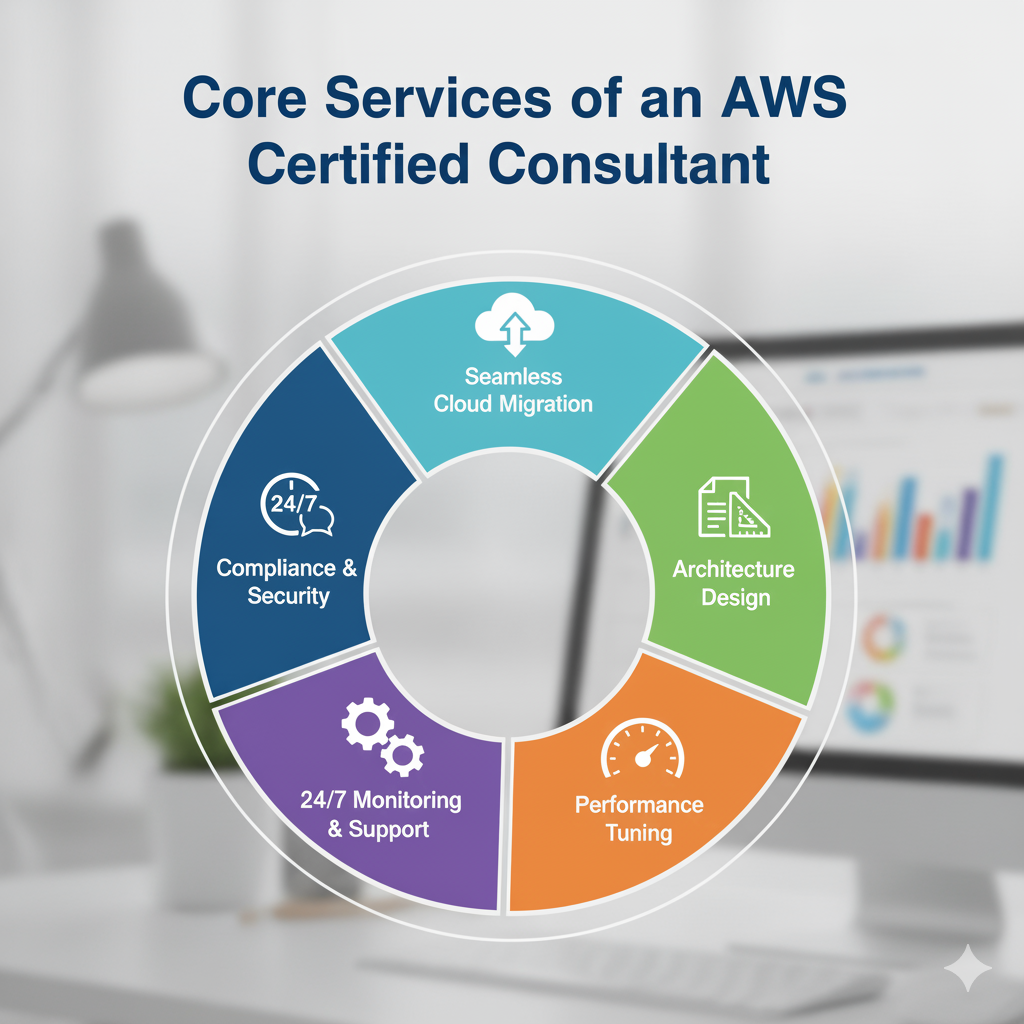- Introduction 🚀In dynamic cloud technology environment, effective financial management is essential for organizational success. Despite the numerous advantages of cloud services, organizations often encounter blind spots that hinder financial visibility and control. This examines blind spots that can evade even the most vigilant executives’ radars and offers strategies to mitigate them.Blind Spots
- 1️⃣ Limited Spend Segmentation 🕵️
A clear view of cloud spending is vital for cost optimization and operational efficiency. Yet, many organizations find it challenging to report real-time cloud expenses due to poor communication between financial and technical teams. When technical teams lack real-time insights into their expenditures, it often results in overspending, particularly in development or test environments.
A management consulting firm once revealed to us that their cloud expenses were pooled into a single account labeled 'AWS Expense.' This lack of segmentation prevented them from identifying overspending and optimizing costs effectively. Without segmented spending data, it's impossible to distinguish necessary expenditures from waste.
- 2️⃣ Underutilized Resources 🔄
Cloud infrastructure offers unmatched flexibility through its elasticity and scalability. However, the "set it and forget it" mindset, inherited from on-premises environments, often leads to underutilized or redundant cloud resources.
client experienced rapid growth in cloud spending but couldn't pinpoint the cause. Upon investigation, we discovered that their provisioning templates were creating duplicate high-availability clones for new workloads, leading to unnecessary costs. By identifying and terminating these redundant workloads, they significantly reduced their expenses.
Accurate and transparent cost allocation across departments or business units is crucial. However, many organizations rely on manual, error-prone methods due to missing tags or flawed account structures in billing data. This manual process often obscures true financial insights and hampers effective cost management.
For instance, a Fortune companies we worked with was satisfied with their spreadsheet-based chargeback process, which took only a couple of hours each month. After automating their cost attribution with enriched billing data linked to business units, they gained daily insights and discovered substantial opportunities for optimization.
- 4️⃣ Neglecting Discounts and Commitments📝
- Avoid Blind Spots
Effective cloud financial management requires a holistic approach that identifies and eliminates common blind spots. Organizations should regularly conduct self-assessments to uncover these issues, even when there are no apparent problems with cloud spending.
1️⃣ Organizations should prioritize enhancing visibility through centralized reporting tools and real-time dashboards that show spend segmented by technical owners, teams, products, etc. This foundation often leads to more informed decision-making and immediate cost reductions. Implementing tools like AWS Cost Explorer and AWS Budgets can help by providing visualizations and alerts for cloud costs. Centralized reporting tools such enhance visibility and management.
2️⃣ To combat a blind spot as large as this, organizations must adopt a proactive approach to resource management. This includes actively monitoring resource utilization, implementing automated scaling policies, carefully auditing workload deployment templates, and leveraging cost optimization tools provided by cloud service providers. Utilizing AWS Trusted Advisor can provide recommendations for cost optimization, including identifying underutilized resources. AWS Auto Scaling ensures efficient use of resources by automatically adjusting the number of EC2 instances based on demand, while AWS Lambda reduces costs by running code only when needed. Managing and auditing resource utilization effectively can be achieved with AWS Resource Groups and AWS Tag Editor.
3️⃣Organizations should invest in automating chargeback processes and enriching their billing data with business metadata such as accounting cost centers, teams, etc. This manual process often obscures true financial insights and hampers effective cost management. AWS Cost Allocation Tags can help by organizing resource costs and facilitating accurate cost attribution. AWS Organizations simplifies managing multiple AWS accounts by consolidating billing and enabling cost allocation. Integrating AWS Cost and Usage Report with data warehouses allows for effective cost analysis. Automating cost attribution processes using CI/CD pipelines with tools that aligns with best DevOps practices.
4️⃣Cloud providers offer significant discounts through term-based commitments, yet many organizations overlook these opportunities due to uncertainty about future usage patterns. This oversight can result in missed chances for substantial savings. Reserved Instances can be purchased for predictable workloads, providing savings up to 72% compared to On-Demand pricing. AWS Cost Explorer's recommendations feature can identify potential savings opportunities. Regularly reviewing and adjusting commitments as part of infrastructure as code (IaC) practices using tools like Terraform or AWS CloudFormation is a crucial DevOps approach.
Cloud providers offer significant discounts through term-based commitments, yet many organizations overlook these opportunities due to uncertainty about future usage patterns. This oversight can result in missed chances for substantial savings.Conducting a thorough analysis of cloud usage patterns and workload requirements can help organizations identify steady-state workloads suitable for reserved instances or spend agreements.Conclusion 🗝️
Navigating the complexities of cloud financial management requires vigilance in identifying and addressing blind spots. By focusing on common pitfalls such as limited spend segmentation, underutilized resources, manual cost attribution, and neglecting discounts and commitments, organizations can strengthen their financial strategies. Regular self-assessments and adherence to best practices ensure continuous improvement and alignment with industry standards. By adopting these principles, organizations can turn cloud financial management into a strategic asset, driving innovation and sustainable growth in a competitive landscape.



